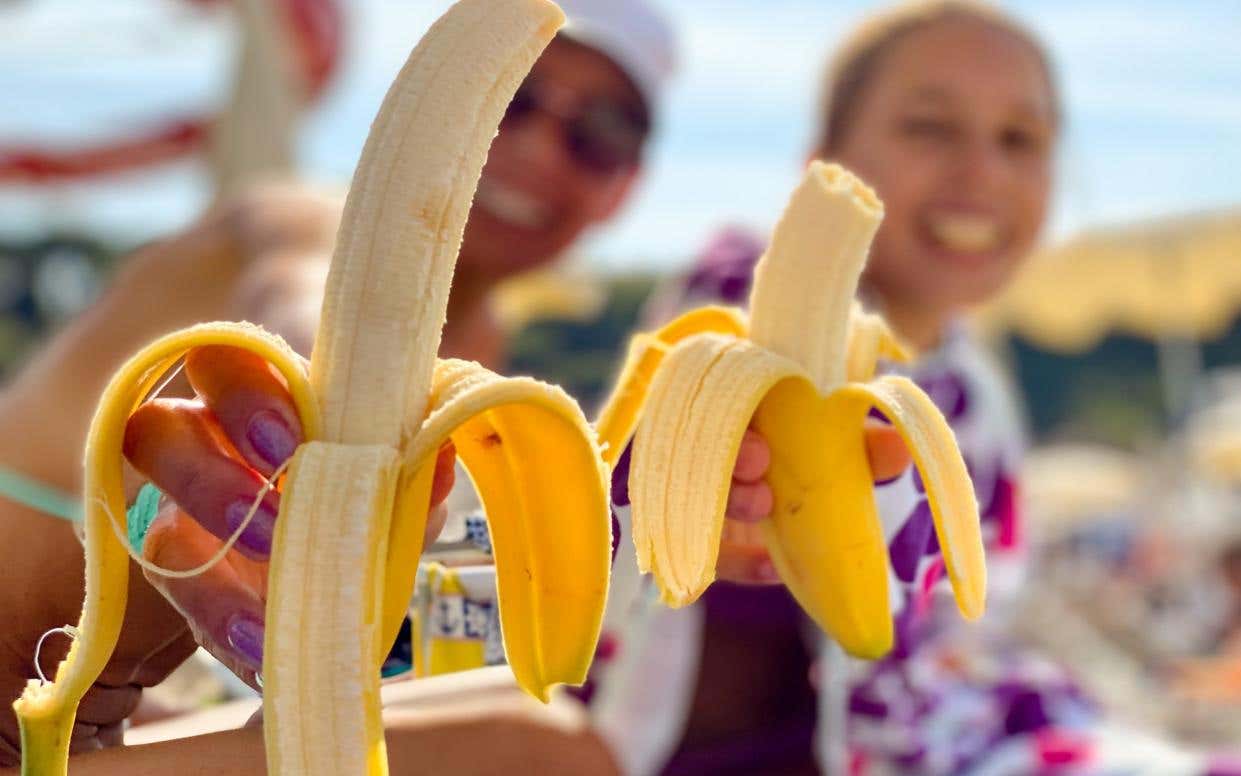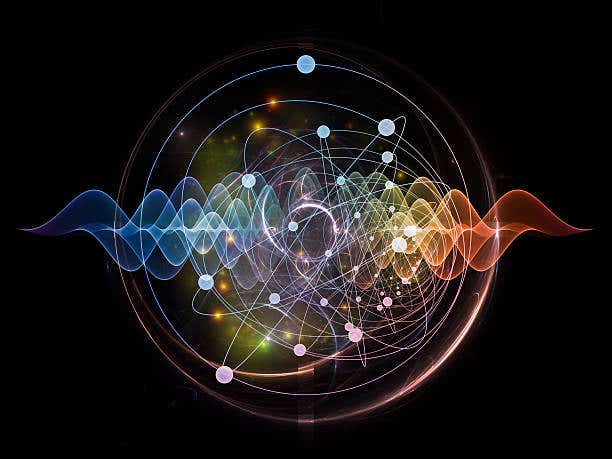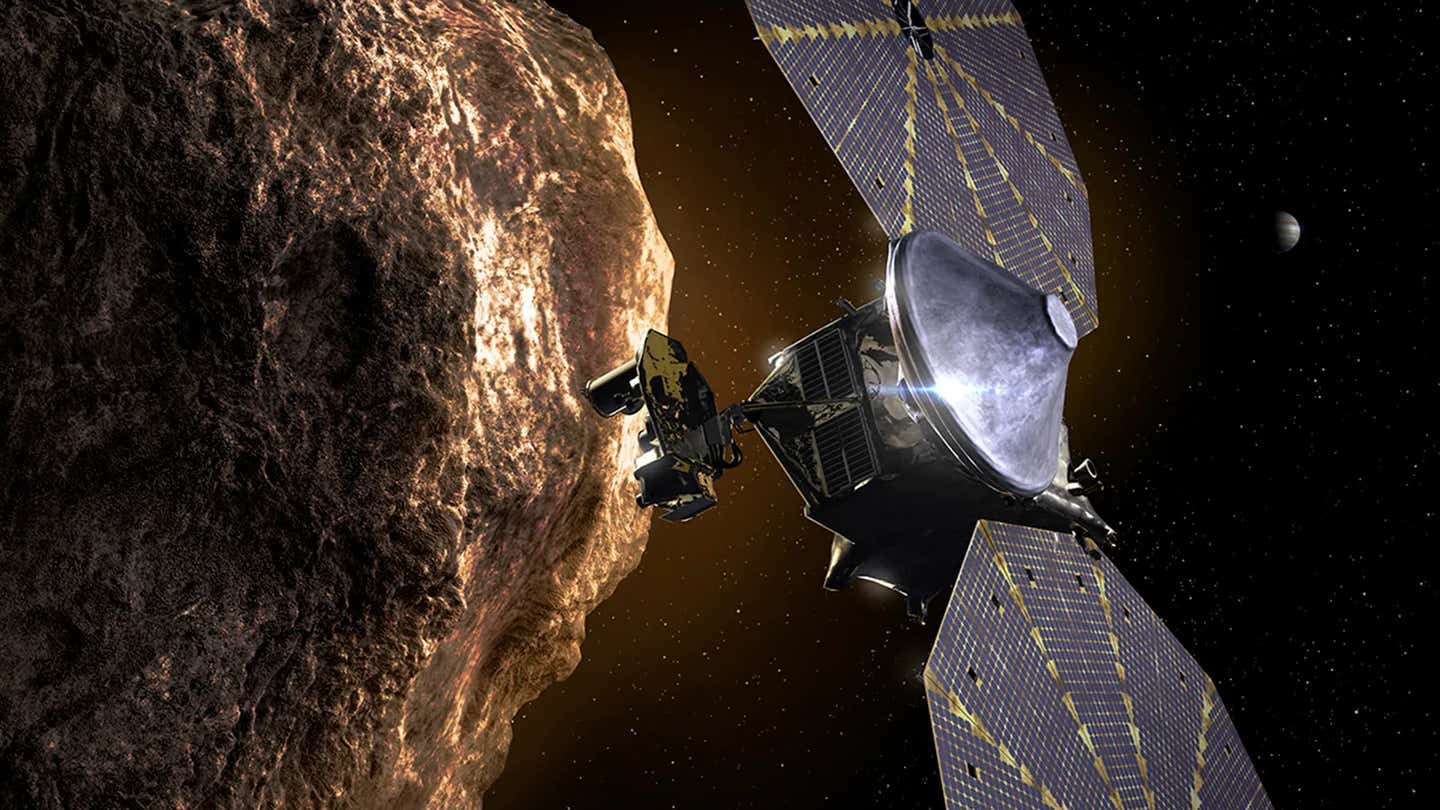Eating more bananas could help lower your blood pressure
Raising potassium in your diet may lower blood pressure more than cutting salt, thanks to new research using computer models.

Potassium-rich diets may lower blood pressure more effectively than reducing sodium alone. (CREDIT: iStock Images)
High blood pressure continues to rise around the world. It now affects more than 30% of adults and stands as the leading cause of heart disease, stroke, and early death. But behind this growing health issue lies a complex web of factors—including diet, sex differences, and how your body manages key electrolytes like sodium and potassium.
Modern research is beginning to untangle that web. A team at the University of Waterloo has taken a big step forward by using advanced computer simulations to show how sodium and potassium interact in the body and how those effects differ between men and women.
Their work suggests something surprising: raising potassium in your diet may do more to lower your blood pressure than simply cutting back on salt.
Why Blood Pressure Is Climbing
One major reason for rising blood pressure levels is lifestyle. Sedentary habits, stress, and processed foods have become the norm in industrialized societies. These foods often contain large amounts of sodium and little potassium. That’s a major shift from how early humans ate.
In Paleolithic times, diets were full of fruits and vegetables, which are rich in potassium and naturally low in sodium. That potassium-to-sodium ratio might be key.
"Our bodies may have evolved to regulate blood pressure more effectively under a high-potassium, low-sodium diet," explained Melissa Stadt, lead author of the new study and a PhD candidate in applied mathematics at Waterloo.
The Electrolyte Equation
Sodium and potassium are electrolytes. They help control fluid levels, send electrical signals, and allow muscles—including your heart—to contract. But they don’t affect your body in the same way.
Related Stories
Too much sodium causes the body to hold on to more fluid. That extra volume puts pressure on blood vessel walls, raising blood pressure. Potassium, on the other hand, helps your body flush out sodium, relax blood vessels, and reduce fluid buildup. This makes potassium a powerful natural counter to the effects of salt.
That’s why dietary changes can be so important. Epidemiological, intervention, and animal studies have shown that high sodium raises blood pressure, while more potassium lowers it.
Researchers have found that the ratio between the two matters more than the amount of either one on its own. In fact, a higher sodium-to-potassium ratio has been linked to greater risk of heart disease, stroke, and death from all causes.
"We’re often told to eat less salt," said Anita Layton, professor at the University of Waterloo and Canada 150 Research Chair in Mathematical Biology and Medicine. "But our research suggests that adding more potassium-rich foods, like bananas or broccoli, might have a greater positive impact."
Going Deeper with Computer Models
To get to the bottom of this effect, researchers at Waterloo built complex mathematical models that simulate how the body handles sodium, potassium, and water. These sex-specific models trace how these substances move through the kidneys, gastrointestinal system, blood vessels, and nervous system.
The models allowed the scientists to explore what happens under different diets. For example, they simulated what the body does when potassium intake goes up. Right away, the gut sends a signal to the kidneys, telling them to start excreting more potassium. Over time, the kidneys also slow down how much sodium they reabsorb and adjust potassium levels. Together, these changes lead to more sodium and water being flushed out of the body—lowering blood pressure in the process.
Interestingly, even when sodium intake stayed high, raising potassium still caused a big drop in blood pressure. The simulations showed that potassium can still lead to kaliuresis (loss of potassium in urine), natriuresis (loss of sodium in urine), and better blood pressure outcomes—even in the face of a salty diet.
This kind of modeling allows scientists to test ideas quickly, ethically, and without the need for risky human trials. "These tools are powerful because they let us study how complex systems interact across the whole body," said Stadt.
Men and Women Aren’t the Same
Another major finding from the study: men and women respond differently to salt and potassium, and the reasons go far beyond hormones. While men are more likely to develop high blood pressure, women—especially before menopause—seem to be protected in part by how their kidneys work.
The difference comes down to how sodium and potassium are moved in and out of kidney cells. Women have a different pattern of transport proteins in their kidneys, which changes how these electrolytes are processed. They also have higher availability of nitric oxide, a molecule that helps relax blood vessels. Together, these factors allow women to handle salt better and keep blood pressure lower in the face of dietary stress.
However, when the models raised potassium levels in both sexes, men showed a stronger drop in blood pressure. This suggests that while women may start with better baseline protection, men may benefit more from potassium-rich diets.
Sex differences in blood pressure have been noted not only in people but also across animals like dogs, mice, rats, and chickens. Males tend to show a higher risk and worse treatment outcomes. Even though women are generally more consistent in taking blood pressure medications, they’re less likely to reach target levels. That gap might be explained by the biology of how kidneys, hormones, and blood vessels respond to treatments.
The study, published in the American Journal of Physiology–Renal Physiology, builds on a growing body of work linking sex differences in nitric oxide, inflammation, and the renin-angiotensin-aldosterone system to blood pressure control.
What It Means for Your Health
This research underscores the value of whole-body thinking. Blood pressure isn’t just about salt or stress. It’s about how many organs work together—your kidneys, heart, blood vessels, gut, and brain—and how those systems vary from one person to another.
If you're concerned about high blood pressure, the takeaway is simple: don’t just cut back on salt. Look for ways to add more potassium-rich foods like leafy greens, sweet potatoes, avocados, beans, and melons. These foods can help restore a healthier sodium-potassium balance, and your heart may thank you for it.
While personalized medicine is still an evolving field, studies like this one point the way forward. With more accurate models that account for sex and diet, health care providers may one day be able to recommend better treatments tailored to each person's biology.
For now, the best thing you can do is focus on the foods you eat and understand how they affect your body in deeper ways than you might expect.
Note: The article above provided above by The Brighter Side of News.
Like these kind of feel good stories? Get The Brighter Side of News' newsletter.
Joshua Shavit
Science & Technology Writer | AI and Robotics Reporter
Joshua Shavit is a Los Angeles-based science and technology writer with a passion for exploring the breakthroughs shaping the future. As a contributor to The Brighter Side of News, he focuses on positive and transformative advancements in AI, technology, physics, engineering, robotics and space science. Joshua is currently working towards a Bachelor of Science in Business Administration at the University of California, Berkeley. He combines his academic background with a talent for storytelling, making complex scientific discoveries engaging and accessible. His work highlights the innovators behind the ideas, bringing readers closer to the people driving progress.



